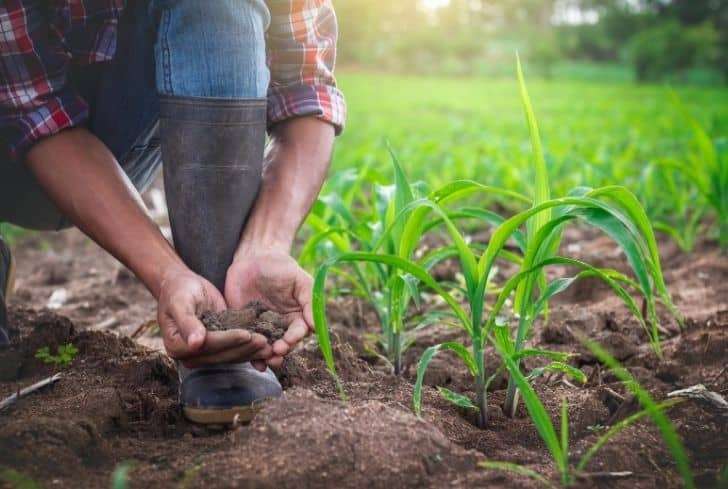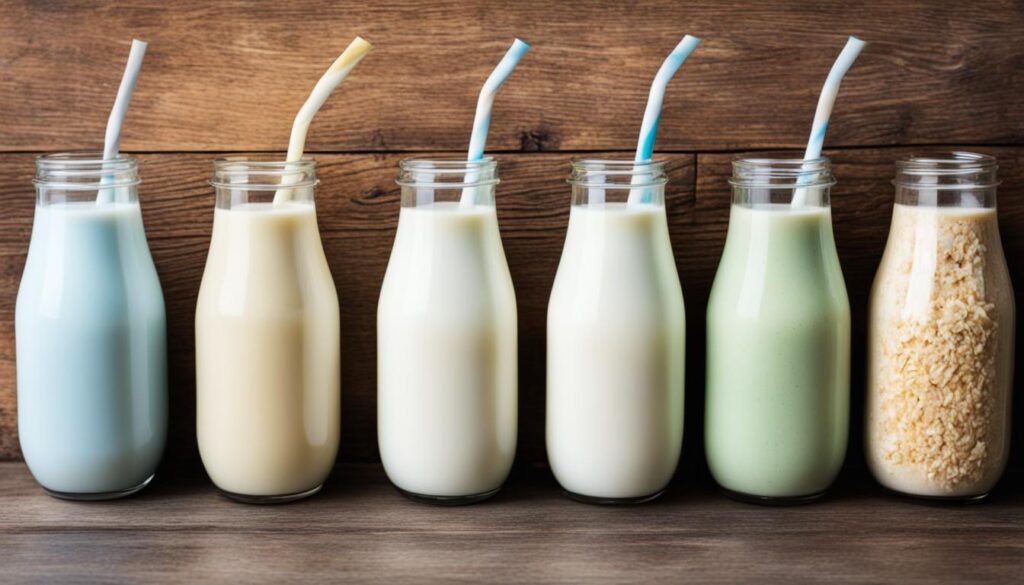Introduction
With the environment deteriorating alarmingly, all agricultural practitioners should collectively transition towards sustainable farming practices. Sustainable practices inculcate environment preservation, economic well-being as well as social prosperity. These methods focusing on the long term are nothing but farming that reduces the use of chemicals, conserves energy, water, and other resources, is not too harsh on the ecosystems, and affects the farmers’ GDP and quality of life.
Permaculture
Permaculture is adopting a design system that teaches the principles of nature into developing human settlements. These techniques include herb spirals, sheet mulching, no-till growth, etc. The main focus is producing food in a smarter way to reduce waste and use resources efficiently, leading to improved production capacity. Permaculture practice can be applied to different areas such as local economies, energy resources, water supplies, and, most importantly, food production. It uses crops such as fruit trees, nut trees, and shrubs to mimic how plants in a natural ecosystem would work.
Crop Rotation
This technique’s basis is growing different crops on the same fields in other seasons. This is the most significant and effective way of retaining soil fertility. Crop rotation aids in the degeneration of the pests as growing different types of crops ends the development cycle of problems. Due to this, pesticides are less needed, which improves soil health and replenishes plant nutrients. Planting the same crops makes the land more prone to erosion; crop rotation helps farmers negate this problem.
Biodynamic Farming
The philosophy behind Biodynamics is practicing holistic and ecological farming methods. The idea is that all living species on the farms should cultivate and support each other. It includes composting, animal manure application from farmed animals, cover cropping, or rotating complementary crops. One of the main ideas of Biodynamics is the high biodiversity of plants, animals, and beneficial insects.
Agroforestry
This involves growing trees and shrubs on grazing land and in between crops. Agroforestry helps retain soil moisture and improve fertility. The trees grown reduce erosion during rains and winds. It combines agriculture and forestry practices for healthier land and produce, making farming sustainable. Trees are vital in maintaining a favorable temperature, stabilizing soil and humidity, minimizing nutrient runoff, and protecting crops from wind or heavy rain. Besides healthier food crops, agroforestry also increases the availability of wood and fruits, helping farmers diversify.
Polyculture Farming
This is when multiple crops are grown in one field. The species chosen are often complementary; they aim at greater diversity while using the given resources efficiently. High biodiversity makes the environment more resistant to changes in weather, promotes a balanced diet, and applies natural techniques to preserve soil fertility. Simultaneously growing a diversity of crops maintains food security, reduces the need for chemical pesticides and herbicides, increases soil fertility, moisture retention, and nutrient content, Creates a self-sustainable ecosystem, and encourages pest management.
These are a few, of the most commonly used practices for sustainable agriculture, there are many more such as pest management, no-tillage farming, etc.












